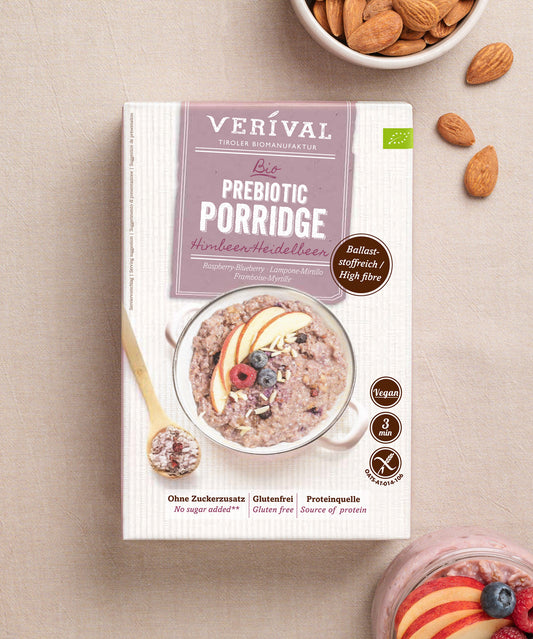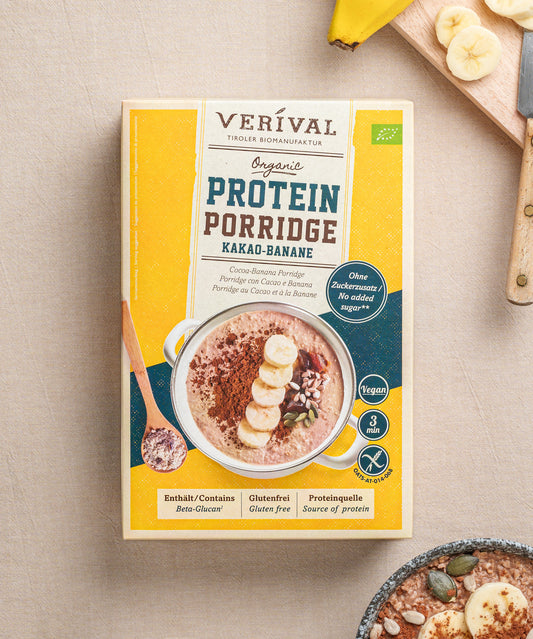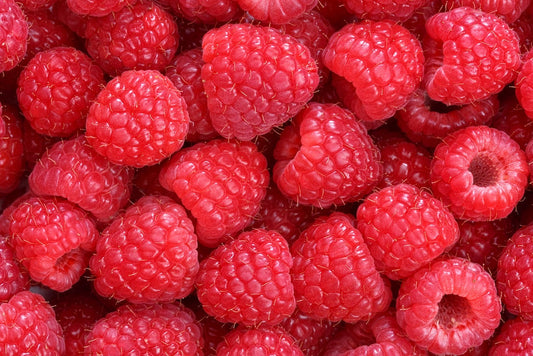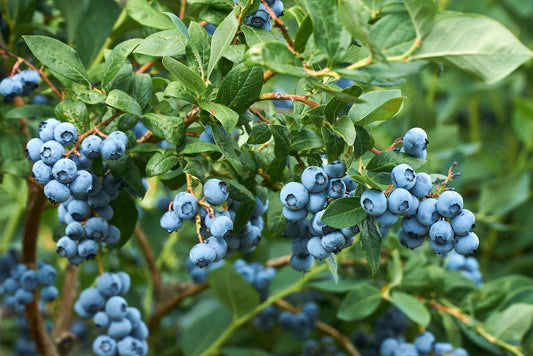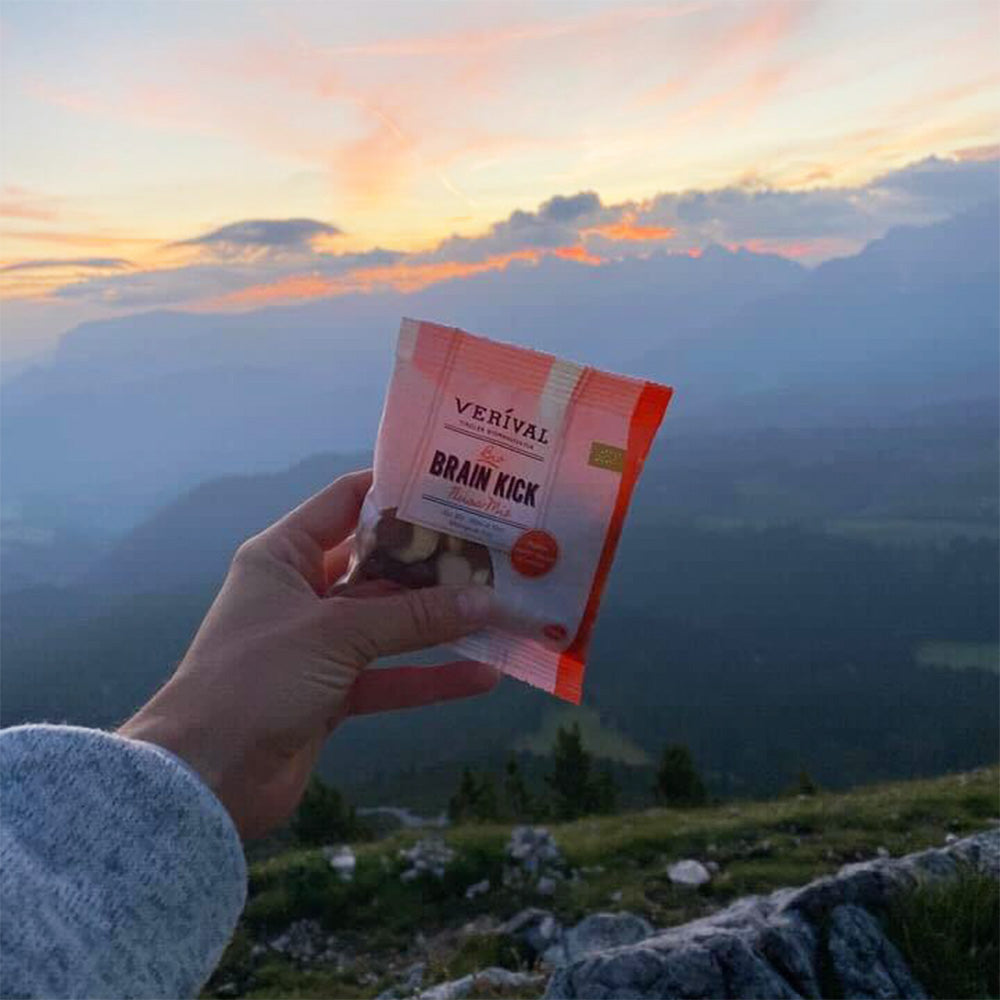For a long time, smoothies were considered a kind of superfood – but now there are increasing accusations that they have been hyped for nothing and consist only of sugar. But is this true? Are these accusations justified, or are they really a superfood? We will examine this and some other questions about smoothies in more detail in the following article.
Healthy organic breakfast from Verival – discover it now
The history of smoothies
The smoothie trend started about 40 years ago – in 1973 to be precise – when Stephen Kuhnau, an American considered a pioneer in the marketing of smoothies, opened his first shop. In the beginning, he mainly sold energy drinks and food supplements, but gradually he began to produce and sell a wide variety of smoothies.
However, he was not the only one selling smoothies. Some juice bars also had smoothies on the menu. The first of these appeared as early as the 1920s, but these shops were more of a niche phenomenon and did not promote their products in the same way.
Nowadays, smoothies can be bought in almost every grocery store – usually already processed and bottled. But juice bars are still around too. Here, the drinks are still prepared fresh in front of the customers.
But is it healthier to buy fresh smoothies or to prepare them yourself, or is it better to buy ready-bottled drinks? To answer this question, we need to take a closer look at the term smoothie.
What actually counts as a smoothie?
As the name suggests, a smoothie is a special kind of fruit juice. Unlike traditional fruit juices, smoothies are characterised by their smooth and creamy consistency. This is mainly due to the fact that many smoothies are made from whole fruits, often including the peel.
Thus, fruit pulp forms the basis of every smoothie. Which fruit is used for this depends on the type of smoothie. There is now an unmanageable variety of types, but they can be easily categorised according to their colours or ingredients.
For example, there are so-called green smoothies, which often consist of green leafy vegetables and thus give the drink its green colour. The same applies to red smoothies, although they usually contain red berries, beetroot or similar instead of green leafy vegetables. If you look at the ingredients rather than the colour, there are two main types of smoothie: vegetable and fruit smoothies.
In addition, there are some modified types of smoothies. For example, some of them contain a ground grain form in addition to the fruit pulp and liquid, in order to round off the shake nutritionally. The grain ensures an improved supply of long-chain carbohydrates, proteins and a good amount of fibre that promote your digestion and cause your blood sugar level to rise slowly and steadily. This gives you plenty of energy over a longer period of time – plus the shake is ideal as a source of protein and ensures strong muscles.
Breakfast products from Verival – try them now
How smoothies are made
Homemade smoothies are best made using a smoothie blender or a blender. To make them, simply put the desired fruits or vegetables with enough liquid in the blender and then puree them until the drink has a creamy consistency.
Water can be used as the liquid, but coconut milk is also a good match for some recipes. Milk and milk alternatives are also suitable. Which liquid you use should depend primarily on the fruits or vegetables being processed. For example, while pineapple goes well with coconut milk, milk goes very well with fresh berries.
Ultimately, it's up to your own taste preferences as to what you prepare your smoothies with.
Frozen vs. fresh fruit – which is better?
Why smoothies are considered healthy
It is largely undisputed that smoothies taste good. However, opinions regarding their nutritional value and health benefits differ widely. We will now take a closer look at why this is the case.
Consuming plenty of fruit and vegetables is essential for a balanced diet. This much is undisputed. However, opinions differ when it comes to the processing of these foods.
While some experts believe that fruit and vegetables should be consumed raw as much as possible, others swear by smoothies or other forms of processing. The great advantage of smoothies is that you can easily consume your daily fruit and vegetable ration all at once in liquid form.
This makes it easy to cover your needs for a wide range of micronutrients and you don't have to worry about them. Depending on the types of fruit and vegetables used, you can cover many different vitamins and minerals, but smoothies also contain sufficient fibre, provided you process the peel as well.
So it almost sounds as if there are no criticisms to be made – but that's not quite right. The main criticism is usually that smoothies contain too much sugar and so, despite their nutrient density, cannot really be considered healthy. But is that really the case?
Smoothies: sugar bombs – is there any truth in that?
One serving (250 ml) of smoothie contains up to 29 grams of sugar. Considering the recommended maximum daily sugar intake of around 60 grams, this already covers a good 50 percent. However, 60 grams is only a guideline; more precisely, the aim is to consume no more than 10 percent of total calories in the form of sugar. With a total calorie requirement of 2000 calories per day, this would mean 50 grams of sugar. However, this value should be seen more as an upper limit and less as an optimum. *
So the criticism seems to be justified here. However, it should be noted that not every smoothie necessarily has to be so high in sugar. While some fruits, such as bananas, contain relatively high amounts of sugar, berries contain significantly less sugar.
Thus, the sugar content primarily depends on the types of fruits and vegetables used . If you replace cow's milk, which is slightly richer in sugar, with unsweetened milk alternatives, you can also save sugar here and thus create a significantly healthier smoothie.
Conclusion
Smoothies contain plenty of vitamins and minerals, which is why they are considered healthy. However, the sugar content is problematic. In principle, fruit should be consumed whole and not processed into a drink. 1
However, if you occasionally reach for a blender and prepare your own smoothie with lower-sugar fruits, that's fine too and can even help you get your daily intake of fruit and vegetables.
- *https://www.dge.de/presse/pm/empfehlung-zur-maximalen-zuckerzufuhr-in-deutschland/
- Boulton J, Hashem KM, Jenner KH, Lloyd-Williams F, Bromley H, Capewell S. How much sugar is hidden in drinks marketed to children? A survey of fruit juices, juice drinks and smoothies. BMJ Open . Published online March 2016:e010330. doi: 10.1136/bmjopen-2015-010330





